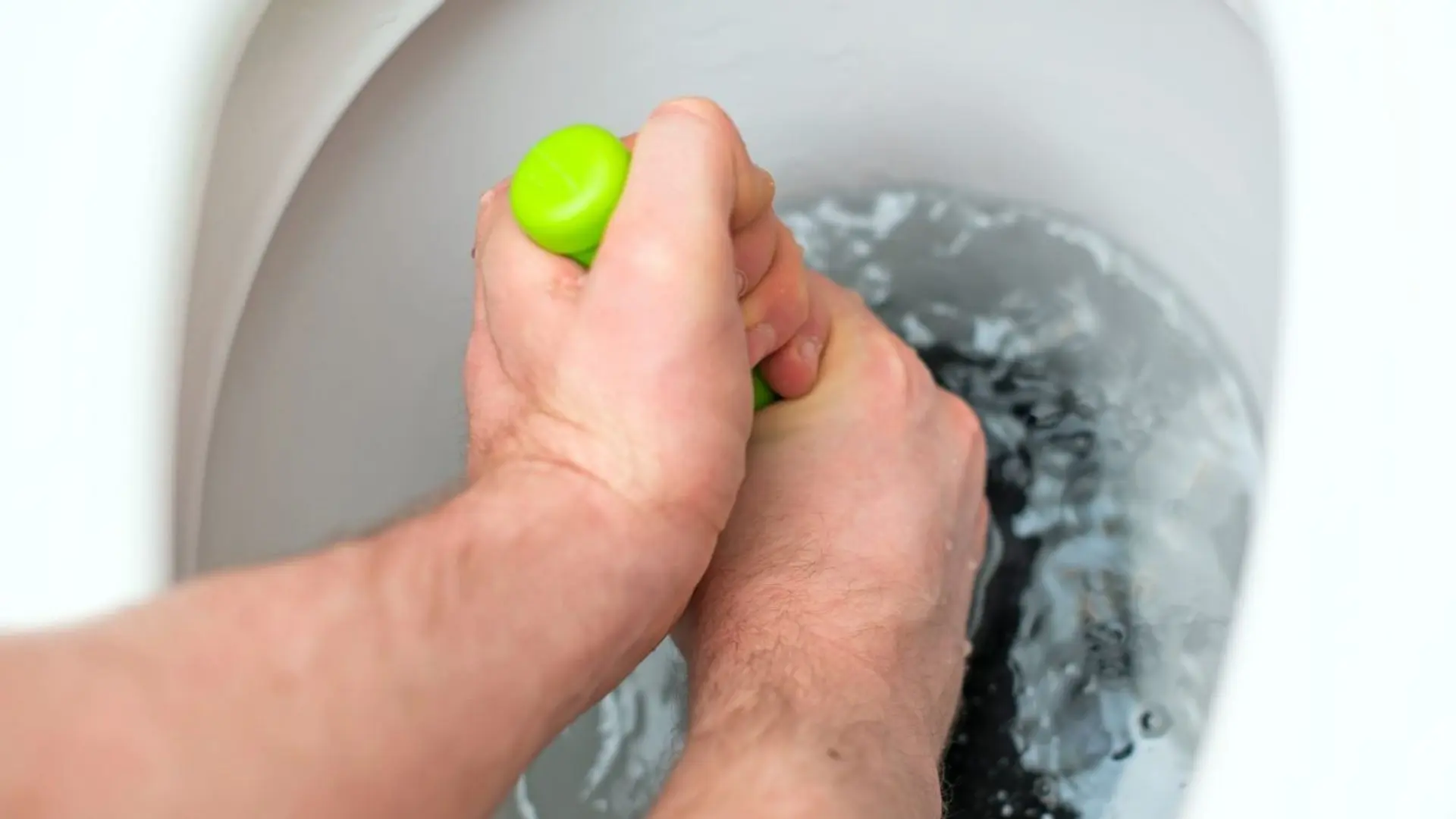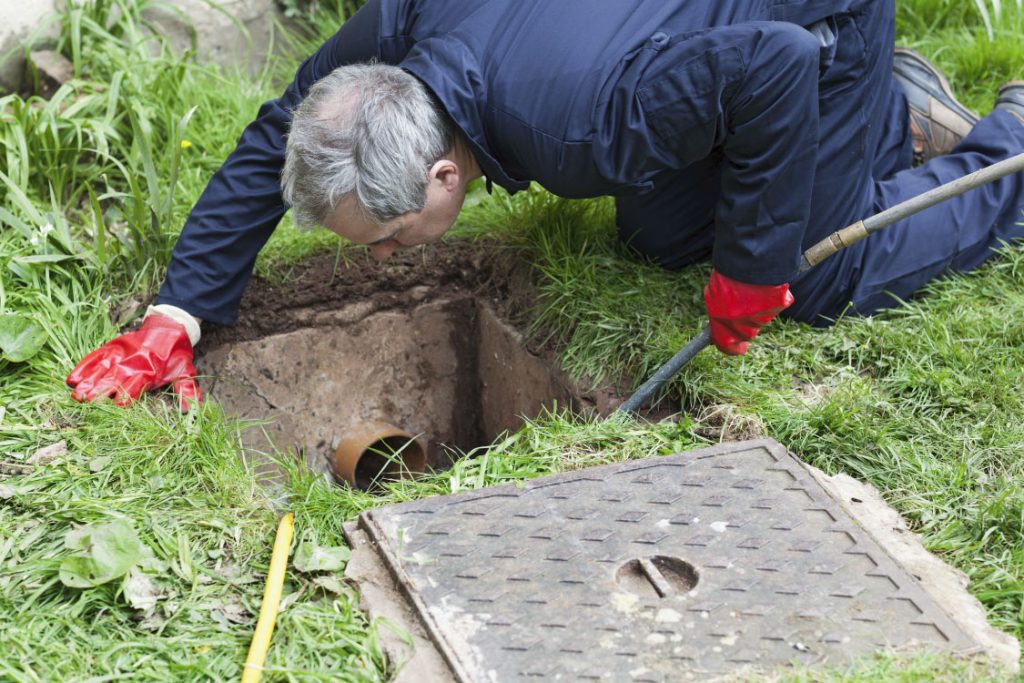Techniques for Addressing a Blocked Drain Before Engaging Professional Assistance
Techniques for Addressing a Blocked Drain Before Engaging Professional Assistance
Blog Article
What're your thoughts about How to handle a clogged drain in your home?

Introduction
Handling an obstructed drainpipe can be a frustrating experience, disrupting day-to-day activities and possibly triggering damages to your home. Nevertheless, prior to reaching out to plumbing specialists, there are actions you can take to attend to the concern yourself. In this overview, we'll explore do it yourself solutions and preventive measures to deal with an obstructed drain properly.
Determining the Issue
The very first step in attending to an obstructed drain is acknowledging the indicators. Sluggish drain, gurgling sounds, foul odors rising from drains, or water backing up are common indicators of an obstructed drain. Recognizing these signs early can aid stop further problems.
Picking the Right Pipes Solution
When choosing a pipes service, think about aspects such as experience, licensing, and client evaluations. Choose a credible plumber with a track record of high quality craftsmanship and transparent rates techniques.
Price Considerations
The cost of expert drainpipe cleaning services can differ depending upon the intensity of the blockage and the plumbing technician's prices. Request quotes from multiple providers and inquire about any kind of service charges to guarantee openness and stay clear of shocks.
Safety and security Measures
When trying do it yourself drainpipe cleaning, focus on safety and security. Use safety handwear covers and glasses to prevent contact with dangerous chemicals or bacteria. Never mix various drain cleansing items, as this can generate dangerous fumes.
Case Studies
Real-life instances show the performance of DIY solutions and the relevance of timely professional treatment in solving drain obstructions.
Typical Reasons For Blocked Drainpipes
Understanding the elements that contribute to drain pipes clogs is necessary for efficient resolution. Typical offenders include hair, soap scum, oil, food particles, and international things like hygienic products or paper towels. Tree origins getting into below ground pipelines can additionally trigger substantial clogs.
DIY Solutions
For small obstructions, several DIY solutions can be reliable. Putting boiling water down the drain can assist liquify oil and particles. Baking soda and vinegar or a blend of salt and cooking soft drink can work as natural cleansers. Utilizing a bettor or pipes serpent to dislodge obstructions is one more alternative.
Tools and Devices
Having the right devices available can make do it yourself drainpipe cleaning extra efficient. A bettor is a flexible tool for removing blockages in sinks, commodes, and showers. A pipes serpent or auger can get to much deeper obstructions, while drain cleaning chemicals can be made use of meticulously for stubborn blockages.
Preventive Measures
To avoid future clogs, embracing preventive measures is crucial. Install drain guards or strainers to catch hair and particles prior to they enter the pipes. Frequently flush drains with warm water to liquify oil accumulation, and prevent taking care of oil or solid waste down the drain.
When to Call a Specialist
While DIY options can solve minor obstructions, specific indications suggest the need for professional assistance. Relentless obstructions, foul odors regardless of cleaning up initiatives, or several drains backing up concurrently are warnings that call for expert intervention.
Conclusion
By complying with the suggestions detailed in this guide, you can successfully deal with blocked drains pipes and prevent future plumbing problems. Whether choosing do it yourself remedies or looking for professional support, timely action is key to preserving a healthy plumbing system and protecting the stability of your home.
How to Clear a Clogged Drain Yourself (And When to Call In the Professionals)
What Can Clog a Drain
Dirt Skin flakes Hair Grease Soap scum Food Offset pipes Tree roots Small objects Mineral buildup DIY Tricks to Unclog a Drain
You can fix this! Once you have identified the source of the clog (or have a vague idea), you can try one or a combination of these fixes in order to clear your plumbing.
Wire Hanger or Snake
Untangle and clear out hair from a drainpipe with a homemade snake. Use a straightened-out wire hanger with a 90-degree angle hook to locate the clog and drag out any unwanted material.
Remember not to push the clog further down to where the wire hanger cannot reach! If you need to follow up with a plunger, give it a try. Your efforts might be more successful after it’s been wire-snaked.
If you want to get fancy and don’t have a wire hanger to spare, head to the store and pick up a hand-operated drain snake. You can get one for $10-$30. It may save you the hassle, and provide additional length to reach deep into the clogged pipe.
Plunger
A cup plunger has a suction cup attached to a wooden handle. The rubber creates a seal around the drain, and increases the pressure force of the plunger.
Plunge for 30-second increments to loosen the clog. This may need to be repeated over the course of 15-20 minutes. Once plunged, run the water to flush the remaining material out of the drain.
Remember– never use a plunger if you have used a chemical drain cleaner. These chemicals can splash up from the force of the plunger and cause serious injury or burns.
Boiling Water
Hot water can sometimes break up materials into a flushable amount. Dirt, grease, and soap buildup requires heat in order to unstick from surfaces.
Take your kitchen kettle and heat your water to a boil. Once it reaches a rolling boil, pour it directly down the drain into the blockage. Carefully follow with plunging, if necessary.
Don’t worry if this takes more than one try! It can often take multiple kettles and repeated plunging in order to clear a particularly stubborn clog.
Chemical Drain Cleaner
As a last resort, pick up a bottle of chemical drain cleaner. Drain-cleaning chemicals are potent, and not very good for the environment.
You may need to wear protective eyewear in gloves before handling your bottle of chemical drain cleaner. Follow the instructions printed on the bottle, and flush with water as soon as the instructions allow. Do not follow with plunging.
Baking Soda and Vinegar
As a safer alternative to chemical drain cleaner, baking soda and vinegar can create a chemical reaction that clears tough clogs.
Combine one cup of cleaning vinegar with one cup of boiling water, and set aside. Once you have done this, pour half a cup of baking soda down the drain. Give the baking thirty seconds to settle and cover a large portion of the problem drain.
Following the baking soda, pour down your vinegar and hot water solution. Once the vinegar and baking soda combine, the mixture will bubble and fix. Let this reaction fizzle in the drain for about an hour.
After an hour, follow with a kettle’s worth of hot water. The heat and liquid should flush out any remaining material.
When to Call a Plumber
If your DIY attempts haven’t cleared your clog drain, it’s time to call in a professional. It’s not worth losing access to your kitchen sink or high-traffic bathroom. A clog in a vital area can keep you from the things you’d rather be doing, and derail your routine.
Anytime a clog is causing water to spread is a time to call in a plumbing service. What starts out as a little bit of water can quickly grow into serious, expensive water damage.
Additionally, a serious clog can result in burst pipes or serious leaks. Make sure you know when to take it seriously!
https://myguysnow.com/how-to-clear-a-clogged-drain-yourself-and-when-to-call-in-the-professionals/

We had been shown that article on 8 Tips For Clearing A Blocked Drain through a pal on our other web blog. Those who appreciated our page plz do not forget to pass it around. Thank you for going through it.
Book Today! Report this page